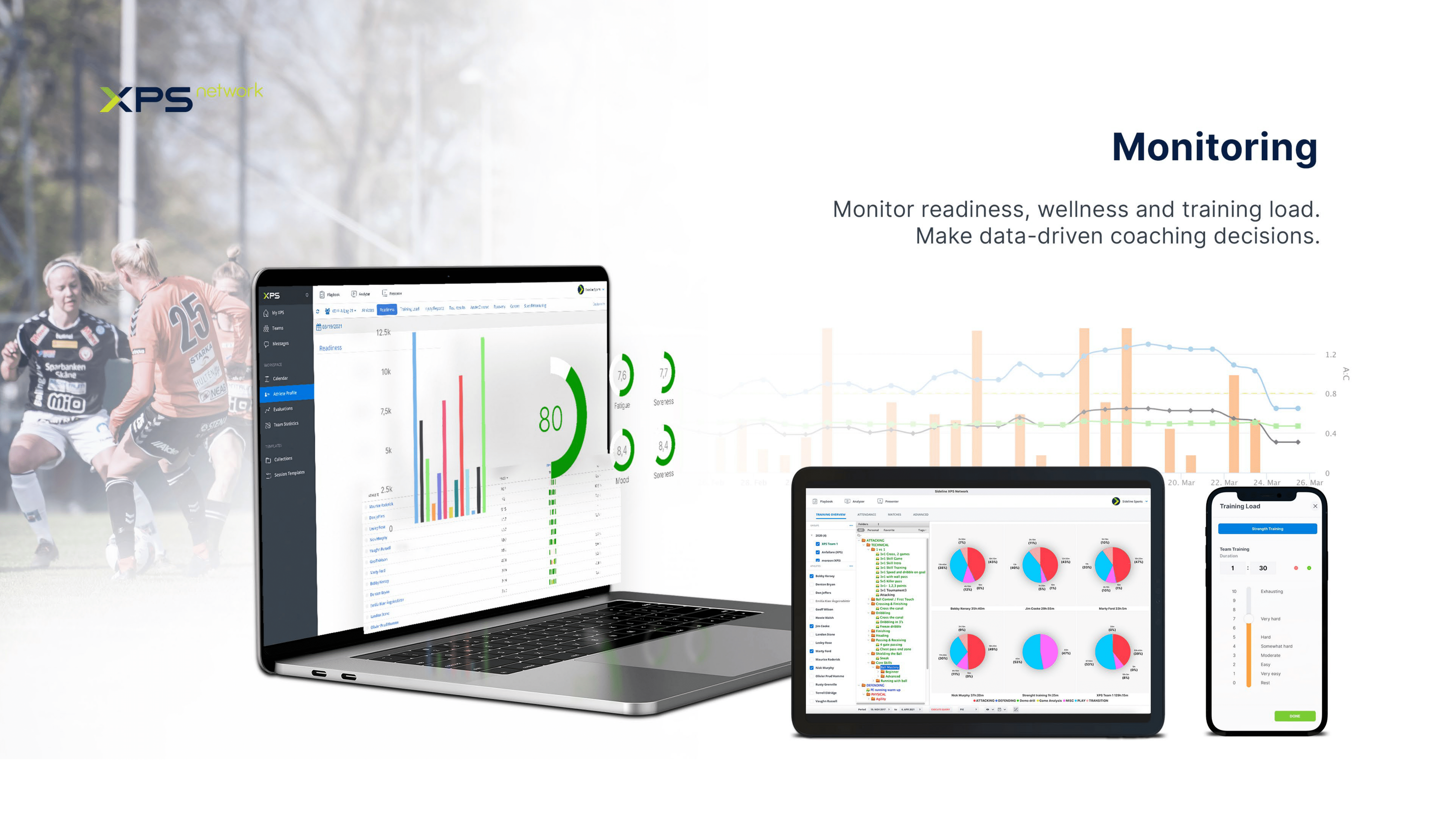18 XPS Nations at the Women’s Handball World Championship 2025
The 2025 IHF Women’s Handball World Championship brought together 32 national teams for several weeks of high-level competition, highlighting...
Read MoreNovember 1, 2021
4 min reading
Handball is an incredibly popular sport, with 27 million players worldwide, especially in Europe, hundreds of millions of fans, and 197 member federations of the International Handball Federation.
Training handball players can be challenging at times. Especially when it comes to balancing statistics and data, using systems such as XPS Network, and gut instinct.
An athlete’s aptitude and performance is a mix of natural skill, and the positive impact of training. Coaches that get results know how to get the best out of their handball players. Whether at a junior or professional level, using the data available needs to be balanced against the needs of the players, team, and games training is preparing them for.
Handball is physically demanding. Studies have found that the physical size, strength, stamina and attributes of players naturally has an impact on their level of skills and performance. Coaches need to play into a players natural strengths, and support those who perhaps aren’t as fast, strong and skilled.
In this article, we look at the ways handball coaches can improve player performance using a mix of data and traditional gut instinct.

Coaches now have access to an enormous amount of data, thanks to software such as XPS Network.
In every sport, coaches are expected to analyse, interpret, and use data in a variety of ways. Using everything from physical reports to training and match statistics, to videos of training sessions and matches to identify trends, patterns, and plan what’s required to improve player performance.
Training and development outcomes depend on the most effective interpretation of the data in any given period. It’s important, for example, to know how many hours a player has spent playing matches and training recently. This way, a skilled handball coach can preemptively avoid unnecessary injuries.
Using XPS Network, handball coaches can collect and review data on players in real-time, 24/7. From video collections of training sessions and matches, to physical reports from physio and other training staff, this information is easy to scan, read, review, watch and analyze in the XPS Athlete Profile.
Compared to 10 years ago, coaches are awash with data. It can be incredibly powerful. At the same time, it can be overwhelming. How can you balance this with gut instinct?
Check out how Soccer Québec use XPS for monitoring the training load of their players.
Always consider the needs of the players. Put this at the forefront of your mind. So when you are analysing the data, also take into consideration how they seem when playing matches and training.
A coach has to consider all of these things, and so much more, for every player on the team. Whether someone is a star athlete and competing in the Olympics, or in a junior team while in school, players are only human.
Data can show a coach a 360 view of a player’s performance, fitness, health, and so much more. But without gut instinct, and knowing your players well, and looking after their needs, you won’t get the best out of them. Always remember that, and when you combine data with the soft skills coaches need, you will succeed.
Would your team, club, youth association, or sports association benefit from XPS and its wide range of features? Contact XPS Network if you want to find out more, or Sign-up for a Free Trial today.
The 2025 IHF Women’s Handball World Championship brought together 32 national teams for several weeks of high-level competition, highlighting...
Read MoreThe Croatian Handball Referee Association (UHRS) is taking referee development to the next level by leveraging the power of...
Read MoreThe Swedish Handball League – Handbollsligan – has entered a new era through a three-year central partnership with Sideline...
Read MoreThank you!
Our representative will get back to you soon with time suggestions for an online meeting.
If you have any questions contact us at support@sidelinesports.com
Schedule a short online meeting with our representative
Try free XPS 14-days trial right now No credit card required